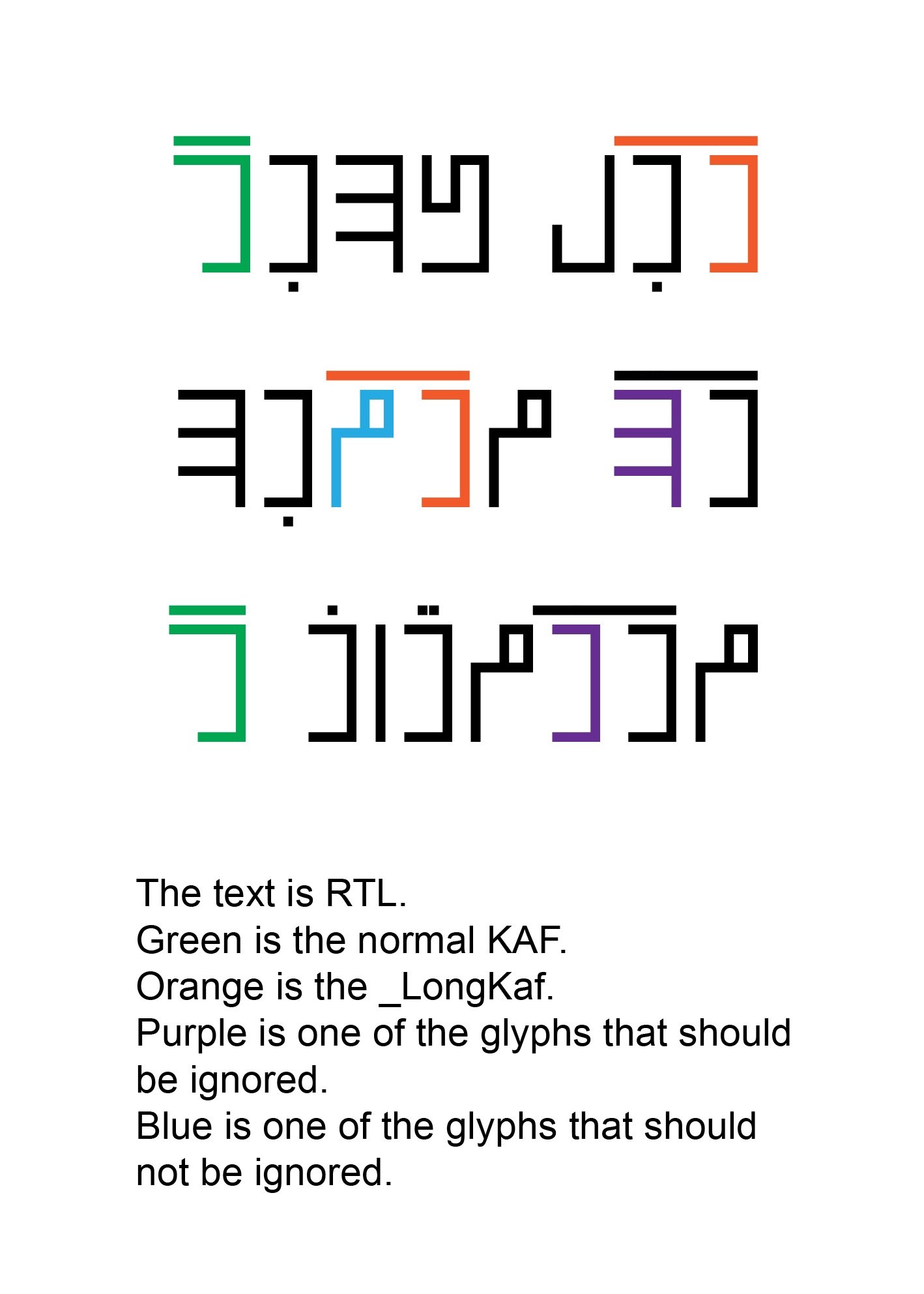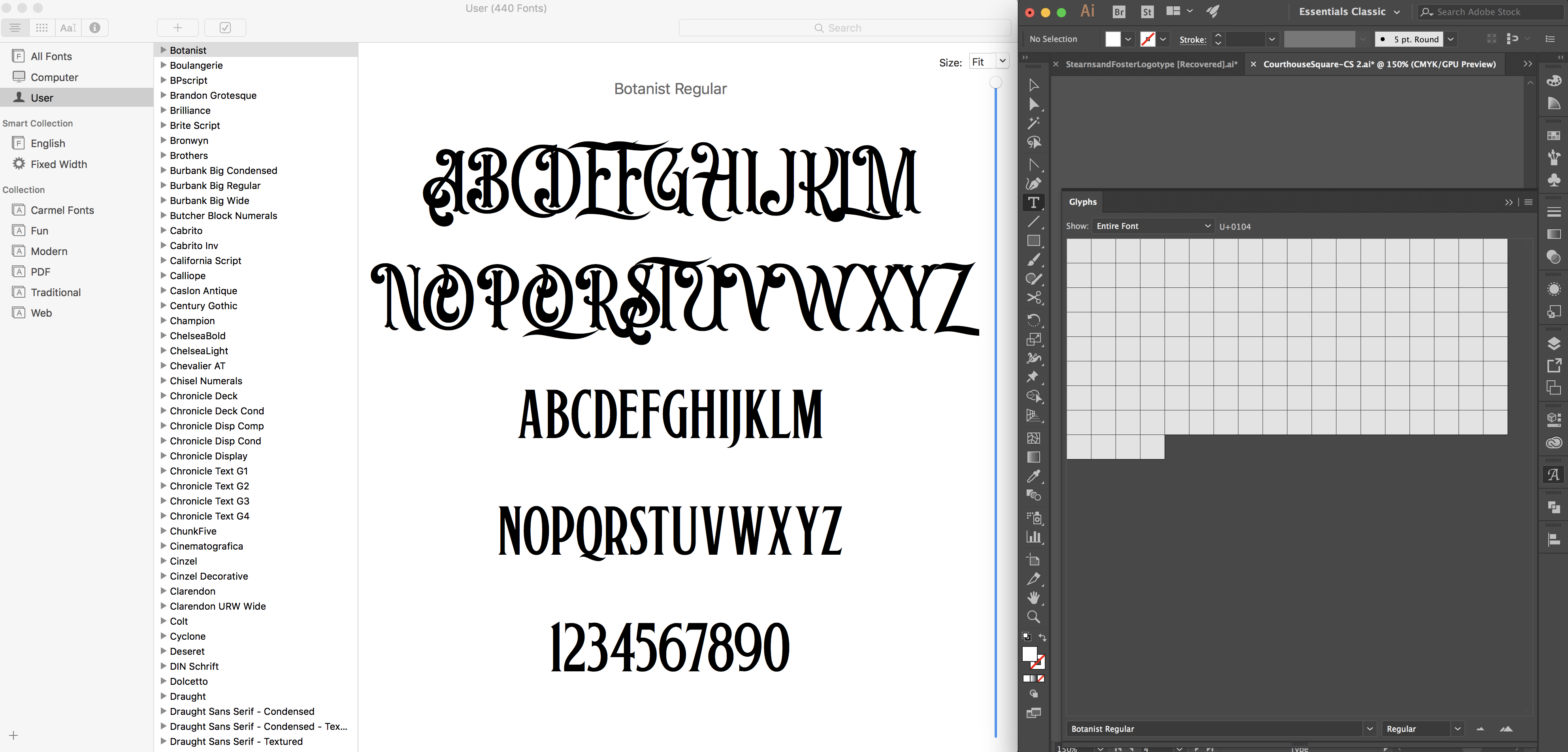

- #OTF FONT GLYPHS DONT WORK HOW TO#
- #OTF FONT GLYPHS DONT WORK INSTALL#
- #OTF FONT GLYPHS DONT WORK FULL#
- #OTF FONT GLYPHS DONT WORK CODE#
- #OTF FONT GLYPHS DONT WORK DOWNLOAD#
Previously, these additions had to be added as additional fonts using TTF. Since the format offered additional storage for characters that far exceeded the number of characters that the average user would ever need, designers had the ability to add extras like: However, this was especially beneficial to font designers. Obviously there are only 26 characters in the alphabet (A-Z), 10 numbers (0-9) and a handful of extras, like punctuation, currency signs, and various others etc.). For example, OTF featured a format that allowed for the storage of up to 65,000 characters. OTF extended TTF by offering many capabilities that the latter wasn’t capable of providing. Much like TTF, OTF was cross-platform and included the display and printer font data in a single package, but that’s where the similarities end. OTF was also a joint effort, except this time between Adobe and Microsoft.
#OTF FONT GLYPHS DONT WORK INSTALL#
This made it easy to install new fonts and served as an early cross-platform font format that was usable by most consumer devices. The package containing the font included both the screen and the printer font data in a single file. The purpose was simple: they needed a format that both Windows and Mac could use natively, as well as a format that could be read by default by most printers. TTF was a joint effort by Apple and Microsoft in the early 1980s. Well, that’s not entirely true, as PostScript pre-dated it by several years, but it’s not incredibly common today, so we’re going to skip it for the sake of relevance. We’ll start with TTF because it came first. Today, we’re going to sit down and analyze some of the key differences between OTF and TTF fonts, and we’ll help you not only discover the differences, but which is better, and when it’s appropriate to use one over the other.
#OTF FONT GLYPHS DONT WORK DOWNLOAD#
If you’ve ever played around with typefaces or fonts, chances are you’ve asked yourself “What’s the difference between OTF and TTF?” when deciding to download fonts for your system. Why is something as simple as a few pixels on the screen so complicated?įear not, we’ve got you covered.
#OTF FONT GLYPHS DONT WORK HOW TO#
You have now learned how to use font glyphs in Font Book with your Mac! For using font glyphs in specific programs, check out our guides for Photoshop, Illustrator, Affinity Designer, Silhouette Studio, and Inkscape.

This is the method you would use for using glyphs in Cricut. It should be noted that in order for the glyphs to appear you will need the font to already be selected in that program. To use the alternate character in your program, you can copy (Cmd + C) and paste (Cmd + V) the letter into your program.
#OTF FONT GLYPHS DONT WORK CODE#
We have highlighted the Alternate Character for D and you can see the code is U+E029. If you scroll down you’ll start to see more options for letters. You’ll see that this is the standard B for this font. The glyphs will not appear any different than the regular characters, but if you are curious to know the difference you can hover over any letter. It all depends how the font designer coded the font. Some fonts will have the glyphs all the way at the bottom, while others will have it mixed in with the font. This will show you all the glyphs, or characters, included in the font. If you’re not already, make sure you click on the “4 squares” symbol, which switches you to Repertoire mode. Scroll down until you see the font you would like to use. You’ll see all of your installed fonts under User. To open Font Book you can go to your Launchpad or open a Spotlight Search (Cmd + Spacebar). The Pinsetter font is a must!īefore getting started, make sure you have already installed your font to your Mac. If you love fonts with ligatures, definitely check out Missy’s shop. Today we will be showing you how to access and use font glyphs on Mac, using Font Book.įor this tutorial we are using the Witch Hazel font, by the uber talented Missy Meyer. These extra characters help make your designs more unique and sometimes give it a more hand lettered feel.
#OTF FONT GLYPHS DONT WORK FULL#
Many font designers these days are filling their fonts full of ligatures, alternate characters, and more.


 0 kommentar(er)
0 kommentar(er)
